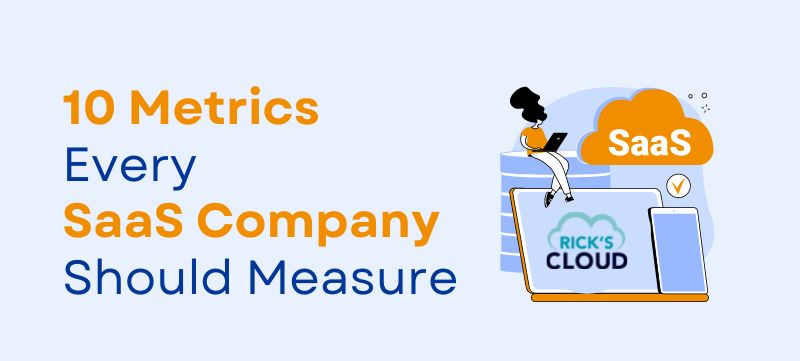
How to stay competitive as a SaaS company
COVID-19 pandemic has seen a lot of companies take a dip this year. For some companies, the timeline for attaining organizational goals and visions has had to be extended. Even worse, some others have had to close up shop permanently.
What do all these mean for SaaS companies? First off, we can say that despite all the happenings that surrounded the health crisis, the power of virtualization was inadvertently established. While most companies suffered a 20% reduction in their business growth, a good number of SaaS companies and companies that integrated SaaS in their business models witnessed an exponential increase.
Owing to the demonstrated driving impact of SaaS during the crisis, investors and enterprises are beginning to channel their resources towards SaaS companies. However, the industry is a very competitive one, and your company has to be exceptional to excel. Let’s take a look at some of the strategies you can employ to stay ahead of your competitors.
How to Stay Competitive In the SaaS Industry
Your Service offerings must stand out
As with most markets, it is easy to make sales by replicating what other businesses are already doing. The problem in adopting such an approach is, such businesses hardly grow beyond specific benchmarks or profit margins. Hence, you must continue to explore opportunities that boost digital transformations as well as company visions.
One thing is certain in the SaaS sphere – investors are always looking out for companies that maximize the potentials of SaaS agility and scalability. By exploring, tapping, and expanding on the capabilities entrenched in these potentials to create unique services, the chances of hitting the goldmine as a SaaS company is hardly out of sight.
Don’t lock-in your clients
The temptation to lock in customers is a very enticing one. In the same breath, it is also a fine line. Though this strategy tends to sometimes yield loyal customers, the probability that it could also deter prospects is also high. This is especially true if the value of your services is not increasing with time.
The best bet here is to create sticky products and services; products that allow your clients the flexibility to develop personable values within it. Simply put, create customer-oriented products that enable your clients to build a natural relationship with your brand and contents.
Create a well-defined UX/UI strategy
One of the qualities that could be found in almost all businesses that thrive globally is their ability to influence consumer behavior. It is a strategy that works, and it is also one that any SaaS company can apply after a well-processed market assessment.
By creating and implementing well-defined UX and UI strategies, you give your clients and prospects a whole lot of reasons to patronize and be loyal to your business. An interactive user-interface and responsive user-experience channels make up a simple recipe for customer retention and impressive business expansion for SaaS companies.
Shape your company on a long-term business model
Most SaaS companies that set out on a small or medium-scale tend to seek or rely on venture capital from the onset. For some others, the approach adopted is one that usually sets out slowly in hopes of reaching a defined long-term goal. But really, whether your SaaS company is setting out on its own or it is being grown on the foundations of venture capital, your business can hardly go wrong with a well-tailored long-term business model.
Streamlining and aligning such a model to incorporate a customer-centric approach would make for an additional win. Even Though doing so is a bit challenging, it is always a worthy challenge that any SaaS company that wishes to remain competitive should address.
Conclusion
The pandemic and its overall effect on the global economy have revealed vacuums in the global market. Some of these vacuums were filled by proactive SaaS companies, while a lot more are yet to be exploited and filled.
Experts report that companies whose growth estimates were hardly affected by the pandemic are better positioned to control the market. However, you should always bear in mind that while projections are insightful, the results are never absolute. Yours could be the most competitive company in the SaaS industry in the next few months or years if you start taking the right steps now.
How has your SaaS company managed to stay competitive despite the effects of COVID-19? Feel free to share your experience or suggestions in the comment section below!




